Shoebill Facts
- The term of Shoebill serves as the most frequently used of the common names for a stork-like bird, renowned for its size. It also has alternate names by which it’s known, though. These include the whalehead, whale-headed stork, and shoe-billed stork.
- Professionals, such as reasearchers, meanwhile, typically refer to the animal by its formal scientific name. That’s the comparatively simple term of Balaeniceps rex. Regardless of the term used to refer to it, however, it’s an amazing product of evolution.
- Local populations long knew of it of course. The renowned British ornithologist, John Gould made the first known official recognition of it as a separate and distinct species, though. This scientifically noteworthy event further occurred in the year 1850.
- Sadly, however, this marvel of Nature appears to be dwindling in numbers. That appears to hold true throughout the entirety of its range. Current estimates by researchers place its total population at somewhere between 5,000 – 8,000 adult individuals.
- Due to these numbers, along with other factors, the IUCN presently lists the remarkable bird as Vulnerable. That status is reflected on the organization’s Red List of Threatened Species. Presently, habitat destruction’s considered its greatest threat.
- Other dangers also threaten the amazing Shoebill, though. While it enjoys a protected status, illegal hunting continues to pose a danger. The fabulous avian also doubtless faces the same concern as most other species today, that of climate change.
Related Articles
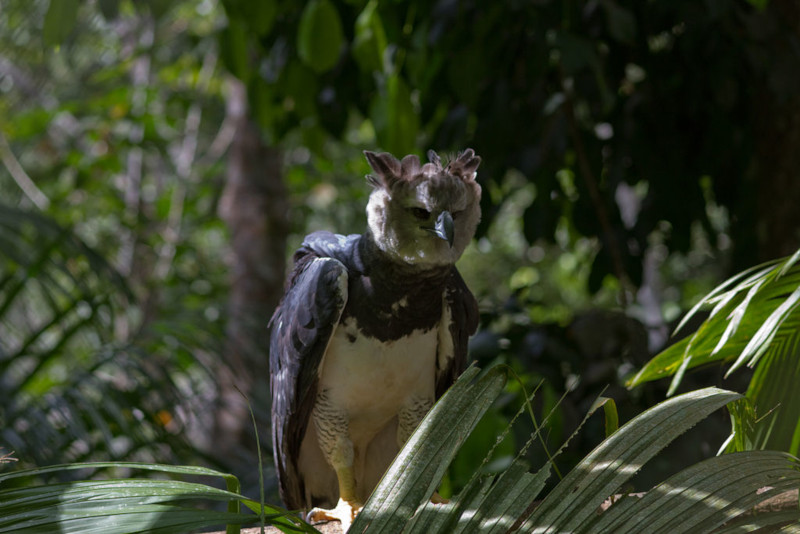
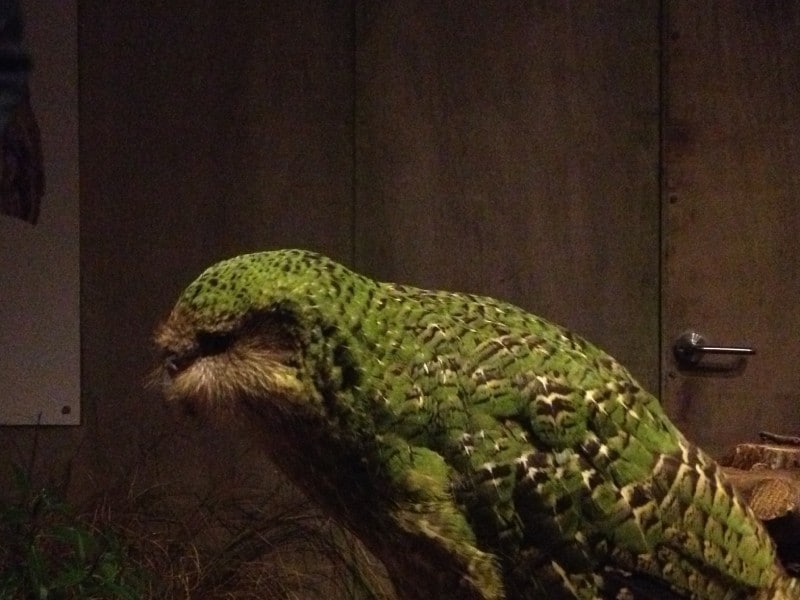
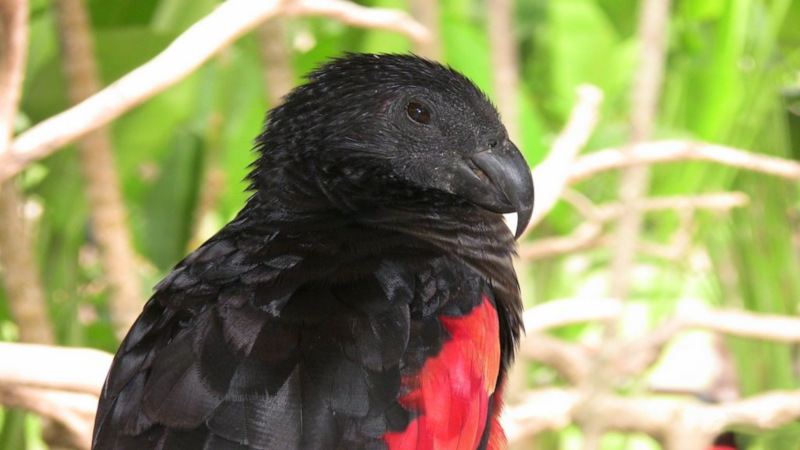
Shoebill Physical Description
Unlike many species, the intriguing Shoebill garners attention due to more than one physical attribute. In point of fact, several physical qualities distinguish this distinctive animal. That fact alone sets the creature apart from the great majority of birds throughout the world.
Its great physical size, though, easily ranks as one of these distinguishing traits. That’s because it’s a tall bird, to put it mildly. That’s due to the fact that mature adults stand an average of 43 – 55 in (110 – 140 cm) in height. Excceptional specimens reach 60 in (152 cm).
It’s also quite long, to the amazement of many. From tail to break, this measurement reaches as much as 55 in (140 cm). Most, though, remains somewhat smaller than that. It also boasts a very impressive wingspan. This, in fact, averages 7.5 – 8.5 ft (228 – 260 cm).
The bird also displays a moderate degree of the physiological trait of sexual dimorphism. In its case, however, this trait manifests itself in terms of bulk since both genders reach the same general size. Specifically, males tend to be slightly larger than females of the species.
More precisely, males of the species typically reach a weight of roughly 12 lb (5.6 kg). Females, though, rarely exceed 11 lb (4.9 kg). Otherwise, the genders appear virtually indistiguishable. The plumage tends to be mainly a blue-gray shade, with darker patches.
The most distinguishable remaining physical characteristic of the Shoebill, however, is the source of its common name. That’s the greatly oversized bill, said by some to resemble a shoe. It’s not only quite thick, but averages 7.4 – 9.4 in (18.8 – 24 cm) in length.
- Kingdom: Animalia
- Phylum: Chordata
- Class: Aves
- Order: Pelicaniformes
- Family: Balaenicipitidae
- Genus: Balaeniceps
- Species: B. rex
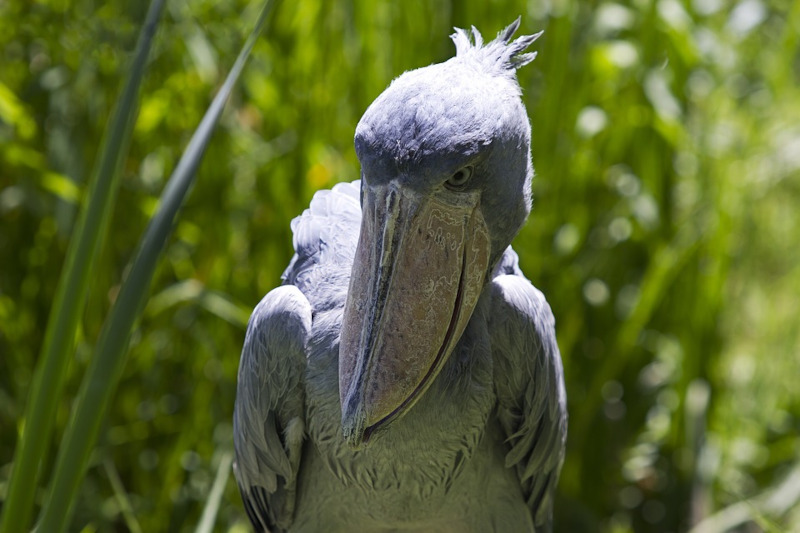
Shoebill Distribution, Habitat, and Ecology
Unfortunately for those who appreciate the amazing creatures of Nature, the Shoebill has a somewhat limited range of habitation. That’s due to the fact that it only appears to live in a small portion of one continent. Evidence indicates it once had a greater range, though.
The continent it appears on, however, likely comes as no surprise. That’s because it evolved as native to a small portion of the continent of Africa. Even there, though, its range remains limited. It only resides in the central tropical parts of that remarkable region.
More precisely, the fascinating bird lives in a range that begins in southern Sudan. From there, that zone extends through Congo, Rwanda, Uganda, and parts of Zambia and Tanzania. The majority of its population, however, lives in the West Nile sub-region.
In all regions it appears in, though, it displays strong preferences for its type of habitat. Due to those preferences, virtually all specimens appear in either areas of freshwater swamps or wetlands. It mainly prefers areas where the water’s poorly oxygenated.
The reason for that, though, lies in the nature of its diet. Like its numerous relatives, the Shoebill feeds as a carnivore. Its primary diet consists of various fish, with lungfish seemingy its favorite. The low levels of oxygen in the water force the fish to surface more often.
Individuals also lead a largely solitary life, except during breeding season. It’s also quite calm, often allowing humans to approach very close. It’s also most often silent, making little to any noise. The lone exception to this appears to be bill-clattering near the nest.
Species Sharing Its Range

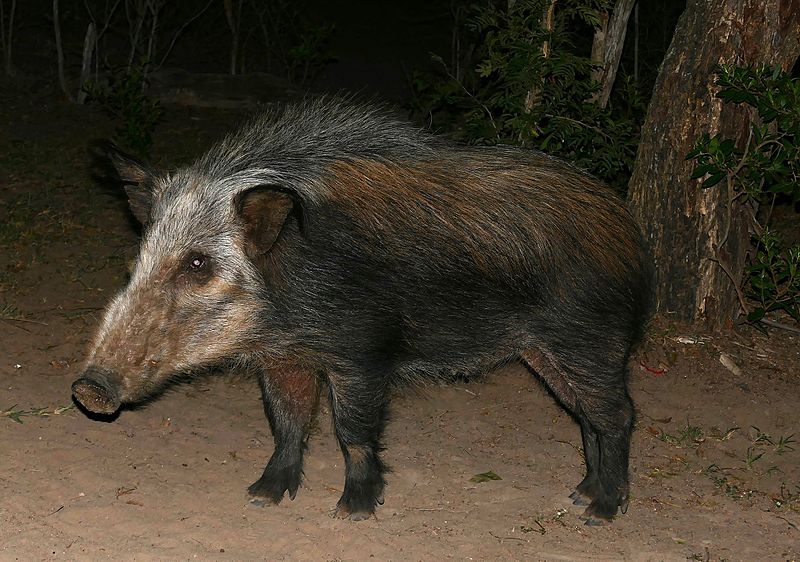

Check out our other articles on 4 Magnificent Malaysian Insects, Coconut Octopus, McWay Falls, Parrot’s Beak, Yellow Throated Marten, Chinese Giant Salamander, Claudina Butterfly
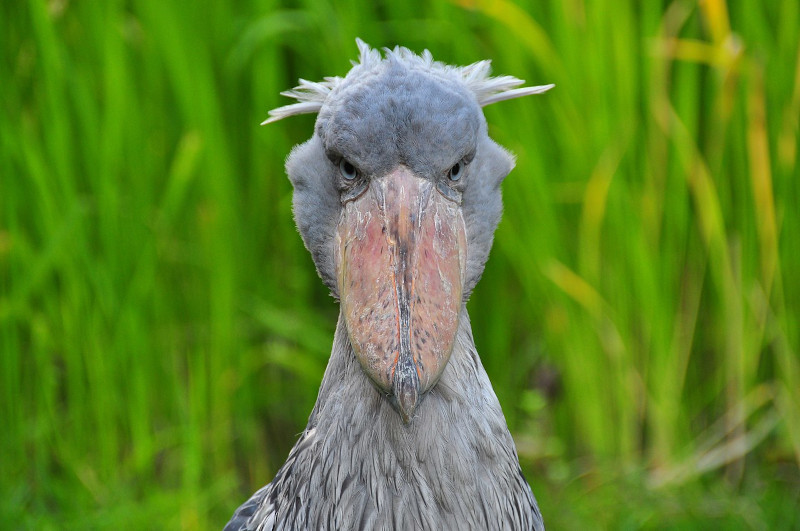
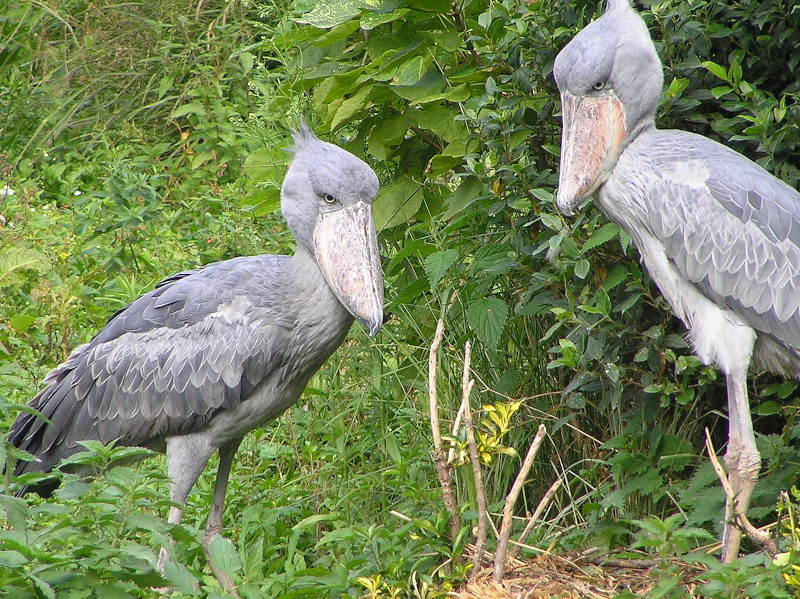









Leave a Reply